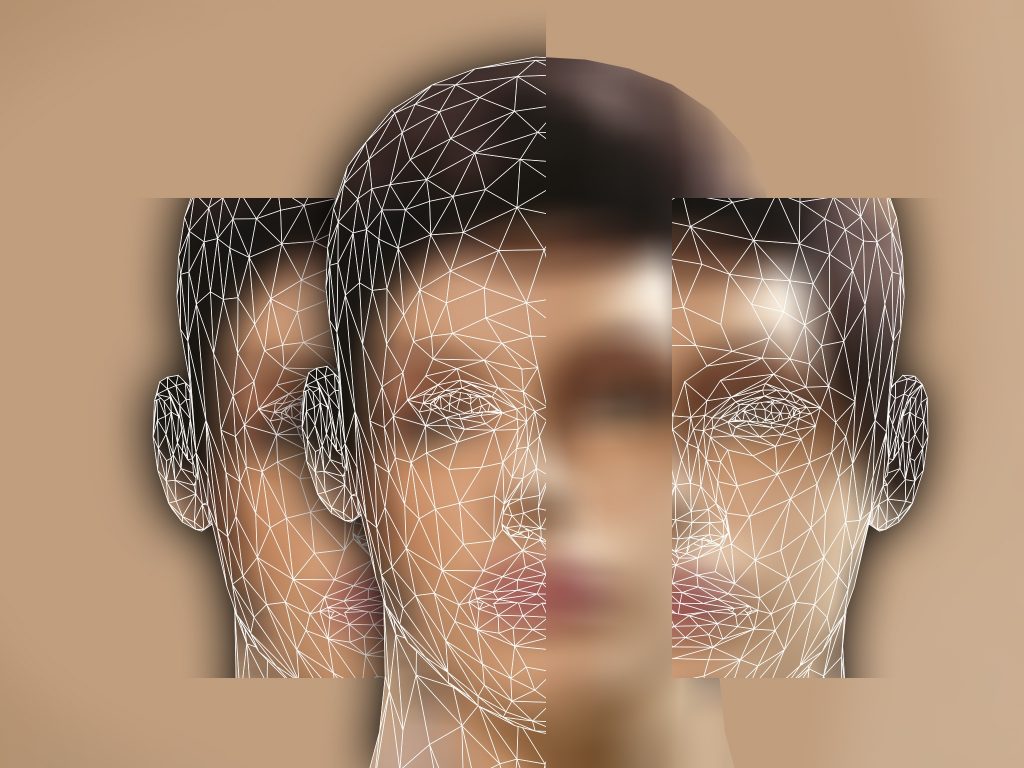The application of music for therapeutic purpose was administered by Greek philosophers, Aristotle and Plato in the early days, especially for those patients who had intense amount of post traumatic stress disorder associated with war.
Depression and anxiety were among the popular mental health ailments of the earlier centuries for which music was considered as a non-pharmacological intervention. This phenomenon was later adapted in the 1700s to help the elderly and retired war veterans.
Therapeutic process involving music is mainly used to improve the brain’s
neuroplasticity. Dopamine is the primary neurotransmitter involved in
neuroplasticity and dopaminergic neurons in the reward network of the brain including ventral tegmental area and nucleus accumbens. Hearing pleasurable or enjoyable music can activate these reward networks.
Understanding the influence of music in regulating the healing process on the brain enables us to create definitive protocols in practical applications for music therapy.
A predominant factor of music is that it interacts all the parts of the brain that are involved in listening, reading, moving, experiencing of memories and emotional context.
Music based intervention in neurological and psychological disorders have been one of the promising non pharmacological therapeutic processes in recent times. It is used to cure many neuro degenerative diseases like Alzheimer’s, Parkinson’s and Huntington’s.
Recent neuroimaging studies on music and emotion show that music can modulate activity in brain structures that are known to be crucially involved in emotions, such as the amygdala, hypothalamus, hippocampus, insula, cingulate cortex and orbitofrontal cortex.
Subject selected music indicates highly pleasurable experience of chills. It was accompanied by changes in heart rate and respiration. Therefore, the increase in chills resulted in fluctuation of cerebral blood flow in the regions involved in reward and motivation, emotion, and arousal, including midbrain, amygdala, frontal cortex, and prefrontal cortex.
Modulating dopamine, increasing neural activity and reducing noise help in
promoting neuroplasticity and music therapy is the only way to achieve it. So music activity helps to increase the release of dopamine which in turn activates dopaminergic related reward networks.
The physical relevance of therapy through music is predominantly noticed in the regulation of the heart rate in relieving the stress levels which can reduce the amount of inflammation in the body. This also proactively enables the lungs to have complete breathing cycle regulation through the neural control in providing optimum amount of cerebral blood flow with increased supply of oxygen promoting cognition and effective nerve network process.
Many studies have proven the deeper coherence and association between music and its significant role in helping the human mind and body to recover faster from any physical or emotional affliction.








